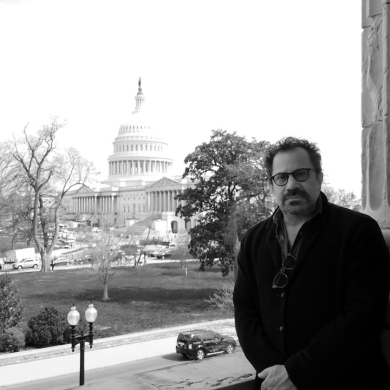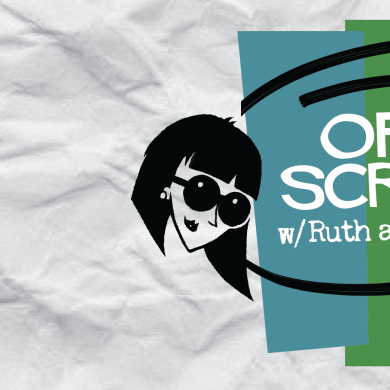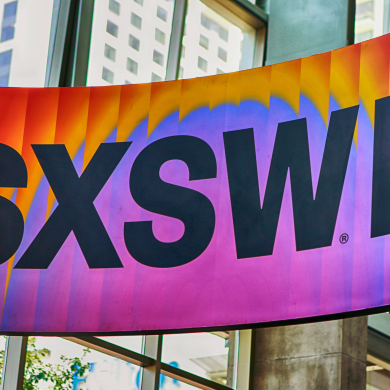“The West Wing” Writer and Producer Paul Redford explains how a strong creative economy allows him to support a family.
Last week on Capitol Hill, the Creative Rights Caucus hosted “From Script to Screen,” an event that featured industry leaders and creatives discussing what’s involved in bringing some of the most popular films and television shows to life. At CreativeFuture’s invitation, screenwriter Paul Redford gave the opening keynote speech.
Redford talked about the observation from his former boss and playwright-turned-screenwriter David Mamet, who said: “Curiously, and alone among art forms, movies are both an art form and an industry.”
He also shared his opinions of Washington and politicians formed through real life and his fictional Beltway experience as Writer and Producer of the hit TV show, The West Wing.
The entire transcript of his remarks is worth the read. Here are some of the highlights:
On the origins of The West Wing:
…So Aaron has a one-sentence idea for a show: “Senior Staff of the White House.” He’d just written The American President, starring Michael Douglas. He seemed to know a little something about the subject. John Wells had the kind of track record where his studio paid him to take a risk. He took a risk on Aaron’s idea, got him money to write the pilot: money enough to support a lone screenwriter writing seventy-five pages over three or four months, even though the odds were overwhelming of it never getting produced. Out of the hundreds of pilot scripts written, only a handful are actually filmed. And of those, only three or four would become actual TV shows in the fall of 1999 on NBC television.
On the uniqueness and strength of the “Hollywood Model”:
I now realize I was becoming part of what economists tell us is a very special kind of business model. Not the traditional corporate one, which we think of as the usual way to organize a market: employees and managers spending years working in one place, making or selling one kind of goods or service.
And not what I now know as the so-called “gig” model, like what I was doing as an actor: one individual — an itinerate actor or an Uber driver — performing his or her one skill over a short period of time, and then moving on. In my case, that time was sometimes over before intermission. This was something else; a model of what experts now tell us may be the future of all work. It’s named after the place where it was invented. They call it the “Hollywood Model.”
A team comes together, each with a set of very refined, very marketable skills they’ve spent a long time acquiring. They engage on a project, something that started with an idea, an innovation, something unique that no one’s seen before, and together they put something new in the world.
On what a healthy creative economy means for artists and their families:
…Aaron and Tommy [Schlamme] and John Wells decided to take a risk on me, too. I joined [The West Wing] staff as a junior writer and I, too, have been rewarded with a career and a wonderful way to make a living. Also a family. I might even say The West Wing paid for my family, for it was during the five years I was on the show that Nancy and I had our two children. I was earning enough so that Nancy could stay home for their early years, even their actual existence was funded, in part, by the entertainment industry! …So thank you, Hollywood, and thank you, all you lawmakers who protect Hollywood’s profits so it can afford to pay benefits. Thank you for my babies.
Piracy – the for-profit digital theft of creative works – undermines the legal marketplace for creative content. It directly impacts downstream revenues, upon which Writers Guild residuals and the residuals of other entertainment industry unions and guilds are based. These residuals directly fund our pension, welfare and, yes, health benefits: the things that allow writers not just to have moments of self-loathing and flashes of insight, but also families and even some measure of self-respect.
Photo Credit: Anne Tinder



